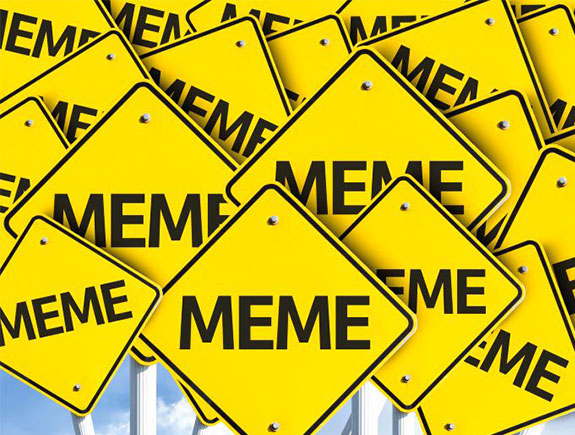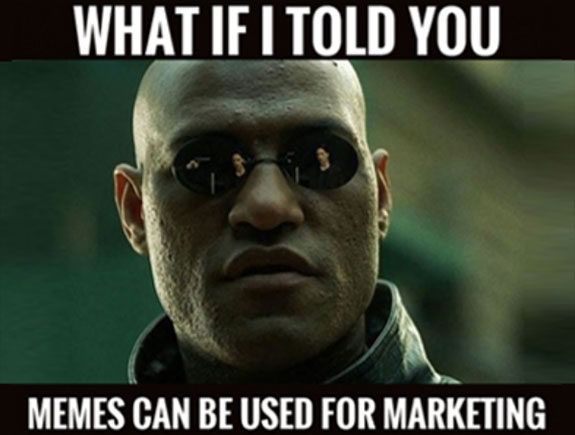I’ve been working in digital marketing for four years and during this period, I have had an opportunity to create and realize memes for various clients. Some of them were more or less successful, some of them were failures. I think there is no exact formula for a successful meme for brand pages but I am sure which steps should be avoided. You will have a chance to learn from my mistakes in this text.
First of all, let’s define internet meme.
An Internet meme is a content shared on the internet, mostly on social media. It’s a photo with a text, sometimes a video clip, or it can be one word only.
On the other hand, the internet meme is not a magical means to attract young people to your brand. We cannot use it to overcome a generation gap between people working in marketing agencies on one hand and their target audience on the other. Relying on popular brands will not present us as a part of a subculture defining such trends.
Will elevate your brand and emotionally connect it with consumersA well-thought social media presence . Quite the opposite, a bad approach to communication with your consumers can leave you without them. Quite contradictory, an internet meme is a shortcut to the second case described. Forcing different formats without understanding them will bring you bad connotations.
Why is this type of content so unpredictable yet alluring to all marketers? Why are memes created for brand communication in most cases counterproductive?
First of all, the meme is sharp and subversive. Often satirical. Sometimes dark. It doesn’t accept compromises, it is raw and unshaped, a product of the spontaneous need to just say something. Its form is free.
On the other hand, brands have many standards and directions opposing the idea of memes as forms. It often happens that the creative process begins with a good idea but when you let it go through brand filters and people making decisions about the content, all that is left are just outlines of a starting idea. Memes could be successful but loads of marketing rules are suffocating them.
Target audience is often observed via stats and boils to the least common characteristics of a huge group of people. This is not the way to understand the people we are trying to reach. Quite the opposite, this is a path to creating prejudices.
According to my opinion, these prejudices are most striking and “painful” when applied to the so-called Generation Z. Just when we think we understand this generation, we are actually applying generalization, use a few anglicisms, and taking away any possibility of creating something without any notions of feelings. We produce wrong memes created from a lack of understanding.
In my opinion, it is much better to create an honest and meaningful meme that will be understandable and relatable to a smaller group of people, than trying to win one generation with a single post.
We can use memes as a means of communication only when we have a clear idea of what we want to say. We shouldn’t use them just to fill the space in monthly calendars, to add popular templates related to our products besides posts on different international days. This is how unrelatable content is being created, the one that will not have its audience.
The work relatable brings us to the biggest obstacle brands are facing when they want to express via memes. Relatable is important, if not the most important aspect of memes, which means the content consumer can relate with it, feel catharsis while consuming the content. Consumers are aware of the fact brand is there to sell the products so it can create distrust and a situation where consumers cannot relate to the brand.
Another big obstacle for brands when it comes to memes is copyright. Material with viral potential usually comes from pop culture, series, films, sport, TV shows, YouTube…and brands are not allowed to use such material. We clearly see something becomes popular but as a brand, we cannot react. In that situation, it is not recommendable to use allowed graphic means to make something that looks like an original template.
After all we have listed, the best advice related to creating memes for brand needs would be: Don’t create memes for the purpose of your brand. It doesn’t mean you should give up humor, there are many witty pages, but they are not related to memes. They integrated the elements of memes into their personal communication style. They use humor to tell their story, without modifying their story so it becomes humorous just to achieve popularity.











